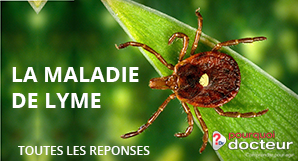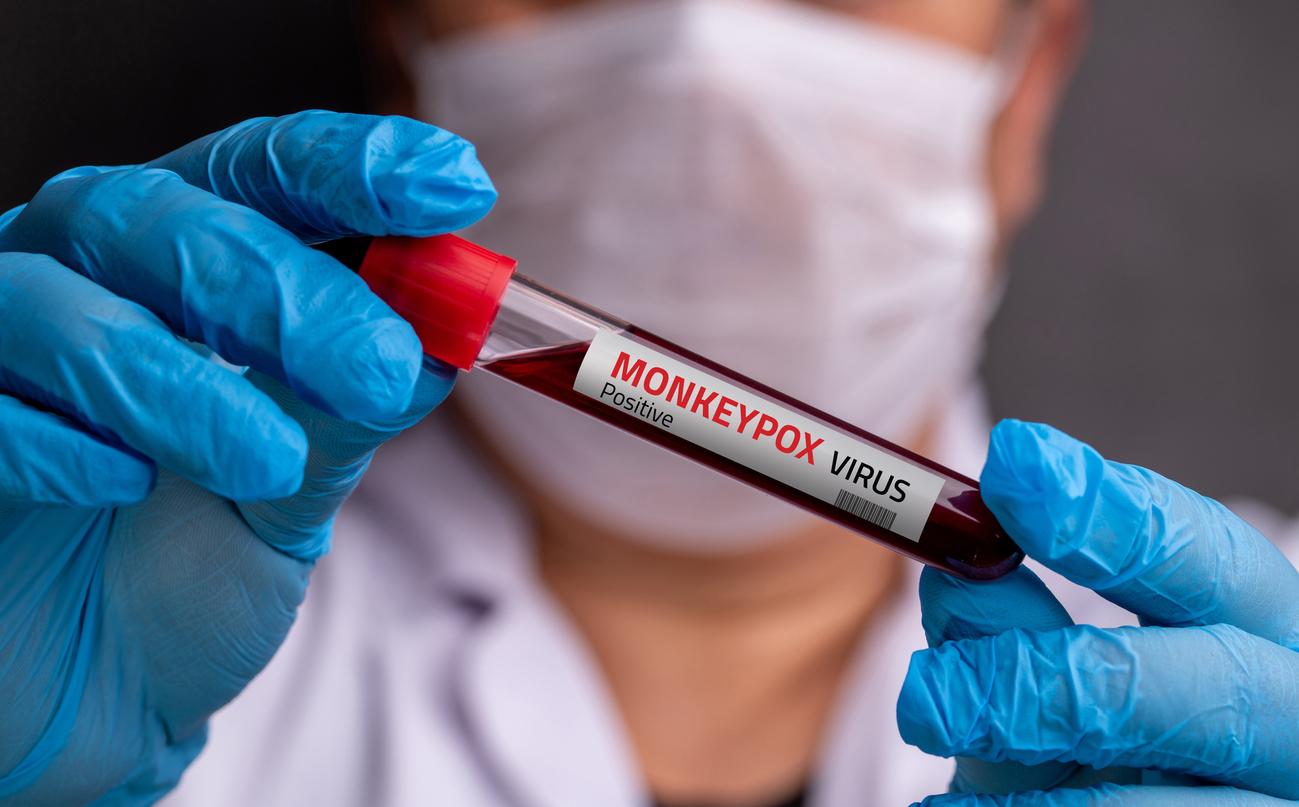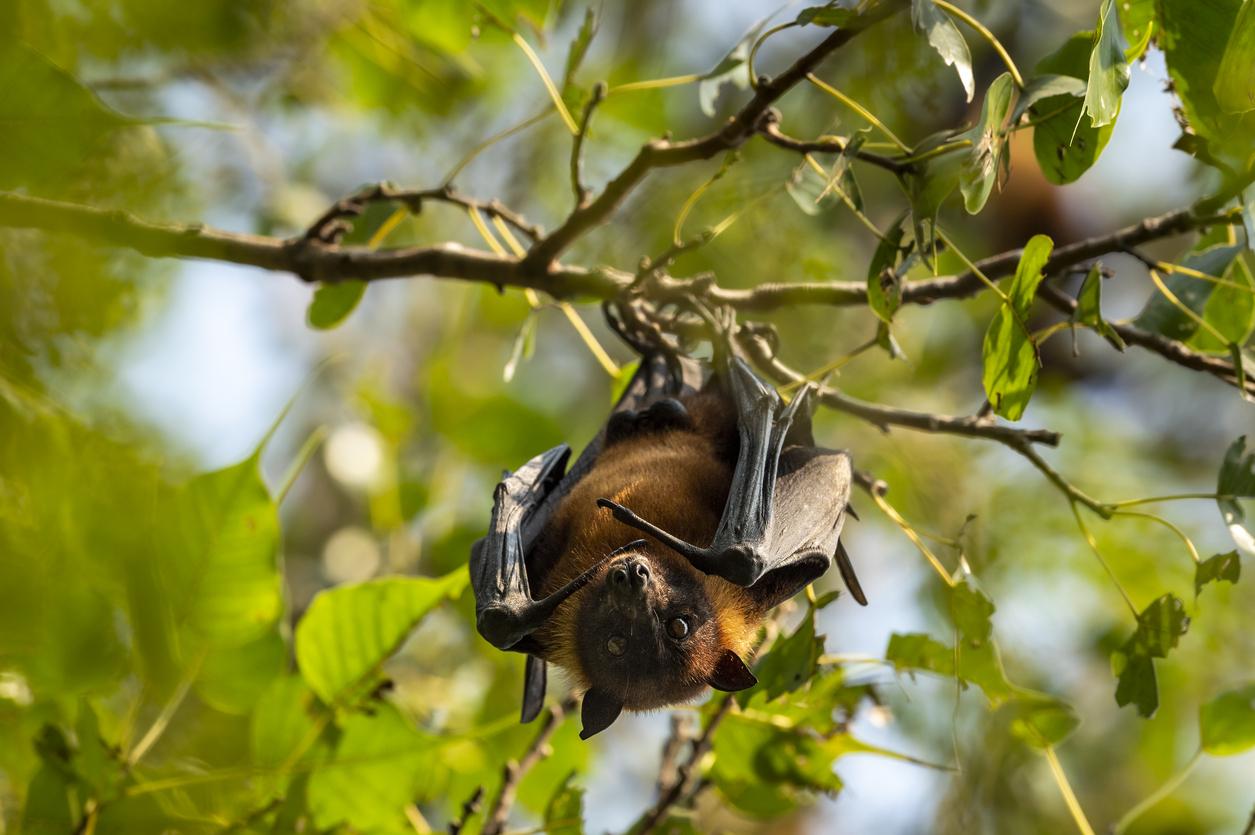A disease just as serious as Lyme disease can also be transmitted by a tick: spring-summer meningoencephalitis, caused by the FSME virus. The latest Belgian statistics indicate that the number of cases is increasing worryingly.

We talk a lot about Lyme disease. However, an equally serious disease can also be transmitted by a tick: spring-summer meningoencephalitis, caused by the FSME virus. Remember that the term “encephalitis” is used to qualify inflammation of the brain.
Spring-summer meningoencephalitis, also called tick-borne meningoencephalitis, is often asymptomatic, with patients showing no signs of illness when the virus begins incubation. Thereafter, the pathology generally progresses in two phases: appearance of flu-like symptoms, followed by neurological disorders, such as headaches, sensitivity to light, dizziness, difficulty concentrating and walking. These disorders can last for weeks or even months.
30 to 40% of patients have significant sequelae
In Switzerland, “until the end of June, the number of medical consultations for a tick bite is estimated at 21,300. In a multi-year comparison, this value is very high”, indicates the the Federal Office of Public Health (OFSP) in the latest edition of its bulletin, published Monday July 9. Last year, a record number of 257 cases of tick-borne encephalitis had been recorded, a level that had not been reached since 2000. In France, this disease affects only Alsace. There are no statistics specific to this region, but it is possible to refer to those of neighboring Germany. Beyond the Rhine, 200 to 500 cases are declared each year. By comparison, 60,000 to 100,000 people contract Lyme disease each year in Germany. Overall, the risk of contracting tick meningitis is low, since even in high-risk areas, only one in 50 to 100 ticks carry the virus.
When accompanied by neurological symptoms, spring-summer meningoencephalitis is fatal in about 1% of cases. 30 to 40% of patients have significant sequelae (cognitive disorders, persistent headaches, ataxia, tremor, hypoacusia, dysphasia…).
An effective vaccine
There is no specific treatment for this pathology, but an effective vaccine is available. It is recommended for people staying in an endemic area during tick season (February to November). Vaccination consists of three injections: the first two are spaced one to three months apart and the thirde injection is made between 5 and 12 months after the second. In the event of an imminent departure, the first two injections can be reduced to 14 days. A booster should then be done every 3 years, unless a blood test shows a protective level of antibodies.
In the absence of treatment, it is therefore very important to protect yourself against tick bites, in particular by wearing light-colored clothing in order to distinguish them more easily on the fabric, closed shoes, to cover your head and favor clear paths rather than tall grass. Remember to carefully inspect everyone after a risky ride, as well as pets.
A tick puller (sold in pharmacies) is essential
If you have been bitten, it is urgent to quickly remove the tick, if possible within 12 to 36 hours of the bite. A tick puller (sold in pharmacies) is essential to remove it by grasping it in the direction of the axis of its body (in order to remove the whole body) and by rotating it counterclockwise. .
Spring-summer meningoencephalitis is not the only infection that ticks can transmit to humans. Six other vector-borne pathologies have been identified on French territory : the famous Lyme disease, human granulocytic anaplasmosis, tularemia, Q fever and two rickettsiosis, TIBOLA (tick-borne lymphadenopathy) and LAR (lymphangitis-associated rickettsiosis).

.















